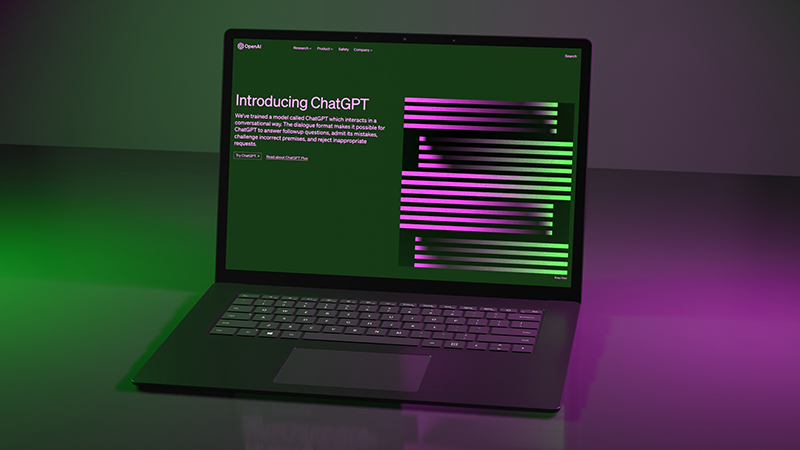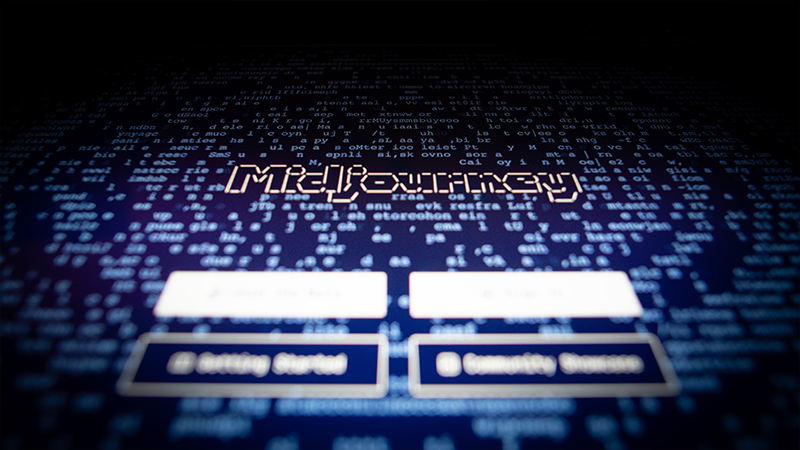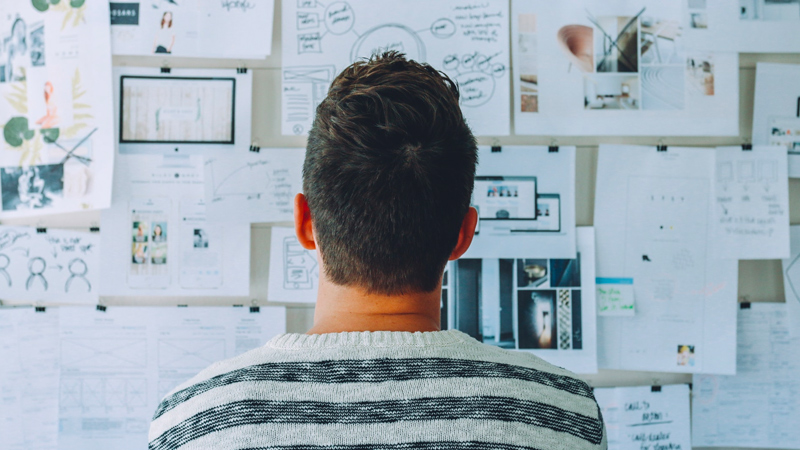Chances are, if you’re reading this, you have a proclivity for design or at least a budding curiosity about artificial intelligence (AI). And unless you’ve been living under a rock for the last few months, you’re probably aware that we are on the precipice of a huge shift in the workplace paradigm. Given the recent boom of work-from-home jobs coupled with the rapid rise of AI tools and generative design, there are endless opportunities to learn and expand your workflow in this day and age.
In the realm of web design, tools like ChatGPT and MidJourney have come to our aid, transforming the way we work and increasing the speed of our output. From the outside looking in, it may appear that there’s a question of job security. While this may be true to some extent, learning how to entangle your unique process with AI ethically will pave the way for added company value and, most likely, more time to explore your work. By learning how to incorporate these tools for your team, you’ll also enjoy operating with leaner budgets, producing faster turnaround, and receiving earlier buy-in on design reviews. So, embracing these tools, as opposed to ignoring them completely, will only (in my humble opinion) strengthen one’s position on the team.
“Some people call this artificial intelligence, but the reality is this technology will enhance us. So instead of artificial intelligence, I think we’ll augment our intelligence.” ––Ginni Rometty, acting CEO and President (’12-20), IBM
Asking the Right Questions
ChatGPT has explicitly helped our team better understand the client’s business model, product offerings, and overall serviceable market. We must be asking the right questions in our design kickoffs to get the best results, and we have found that utilizing AI before these meetings helps us to ask better questions in less time. This ultimately gives us designers the greatest possible foundation to begin our design.
In the past, if a specific client isn’t used to explaining what they do, or they’re not very skilled at telling their brand story, we feel a little underprepared to hop into the design phase of a project until we can extract the exact problem we need to solve. This usually means more meetings, which isn’t great for anyone. AI has not only helped us to ask better questions, but we now understand our client’s specific markets better and reduce the iterations in that process. Making the process more efficient and enjoyable along the way.
“It’s crucial that we are asking the right questions in our design kickoffs to get the best results, and we have found that utilizing AI prior to these meetinging helps us to ask better questions with the time we have.” ––Shawn Tarr, Senior Web Designer

Learn how ChatGPT is Changing Web Design
Better Placeholder Content
While we try our best here at 3 Media Web to utilize a content-first design approach, that isn’t always possible. Content-first design is a way of getting all the puzzle pieces together before starting a design, allowing us to be more intentional in our approach. Sometimes this is due to budgets and timelines; other times, it may be vacations or illnesses during our onboarding process. In any event, using a combination of ChatGPT and MidJourney, we have found an effective way to add more specific dummy content in our initial mockups. This saves us hours of time sourcing stock photography and explaining Lorem Ipsum (industry standard placeholder copy) during review.
We can now jump-start conversations and articulate our intentions in our presentations without the burden of waiting. MidJourney, an image-generating AI, has been vital in adding brand-appropriate placeholder imagery in place of generic stock assets, giving our prototypes a more authentic look and feel. ChatGPT has replaced the aforementioned and often confusing Lorem Ipsum with a more accurate placeholder in plain English. Ultimately, it’s all about striking the perfect balance between efficiency and quality. In our opinion, AI helps us do both in a clean and presentable way.

Learn how MidJourney AI Can Change the Way You Work
Faster Moodboarding & Brainstorming
After our initial kickoff and research, mood boarding is the next logical step in the design process. This is when the sparks begin to fly, where the rubber meets the road, where the magic happens – you get the idea. This is the area of carefully constructed play, where the mind is free to roam within the parameters of the design brief. It’s this time when patterns, color theory, illustration, and happy accidents (Rest easy, Bob) all converge, clearing the way for a solution-oriented design path.
A seasoned team worth its salt can construct in-depth and unique moodboard-esque exercises in a week or two. By injecting AI into this process, we’ve effectively supercharged our brainstorming ability and cut our conception time in half. We can distill the intangibles into visual suggestions, color palettes, typography, and layout structures with careful attention to the prompting. This also helps us overcome our biases and personal tastes. By pulling from the vast library of resources of AI, you’re getting a more accurate account of what the end user will likely engage with. There’s also the added benefit of using AI to analyze data from user behavior and other industry trends, which provides amazing insights that can be integrated into our brainstorming and design process.
This wonderful dance between human creativity and AI-powered suggestions results in more accurate, timely, and cutting-edge products for our clients and partners
“By injecting AI into this process, we’ve effectively supercharged our ability to brainstorm and cut our concepting time in half.” ––Shawn Tarr, Senior Web Designer

Find Out How to Improve Your Process with AI Tools using these tips from 3 Media Web.
Key Takeaways
- Improved Understanding of our Clients
- More Effective Design Kickoffs
- Reduced Iterations & Early Buy In
- More Authentic Prototyping & Placeholder Copy
- Reduction of Concepting/Brainstorming Time
- Stronger Focus on User Solutions
Embracing AI is the Only Way is Forward
With tools like ChatGPT and MidJourney now in the zeitgeist, our approach to web design has become more efficient, faster, and, honestly, more entertaining. By automating these repetitive tasks (e.g., sourcing placeholder imagery, accessible color palettes, etc.), we can focus more on what we love––designing websites that inform and convert. If you haven’t yet integrated the power of AI into your design team, now’s the perfect time to try!
